Gokarna: A trip to India's new Goa, an unspoilt town that's a 'kaleidoscope of colour' with diamond-white beaches and azure seas
The Indian town of Gokarna is winning a reputation as the 'New Goa', a little-known alternative that's surrounded by temples and picture-perfect beaches. Harriet Compston paid a visit.
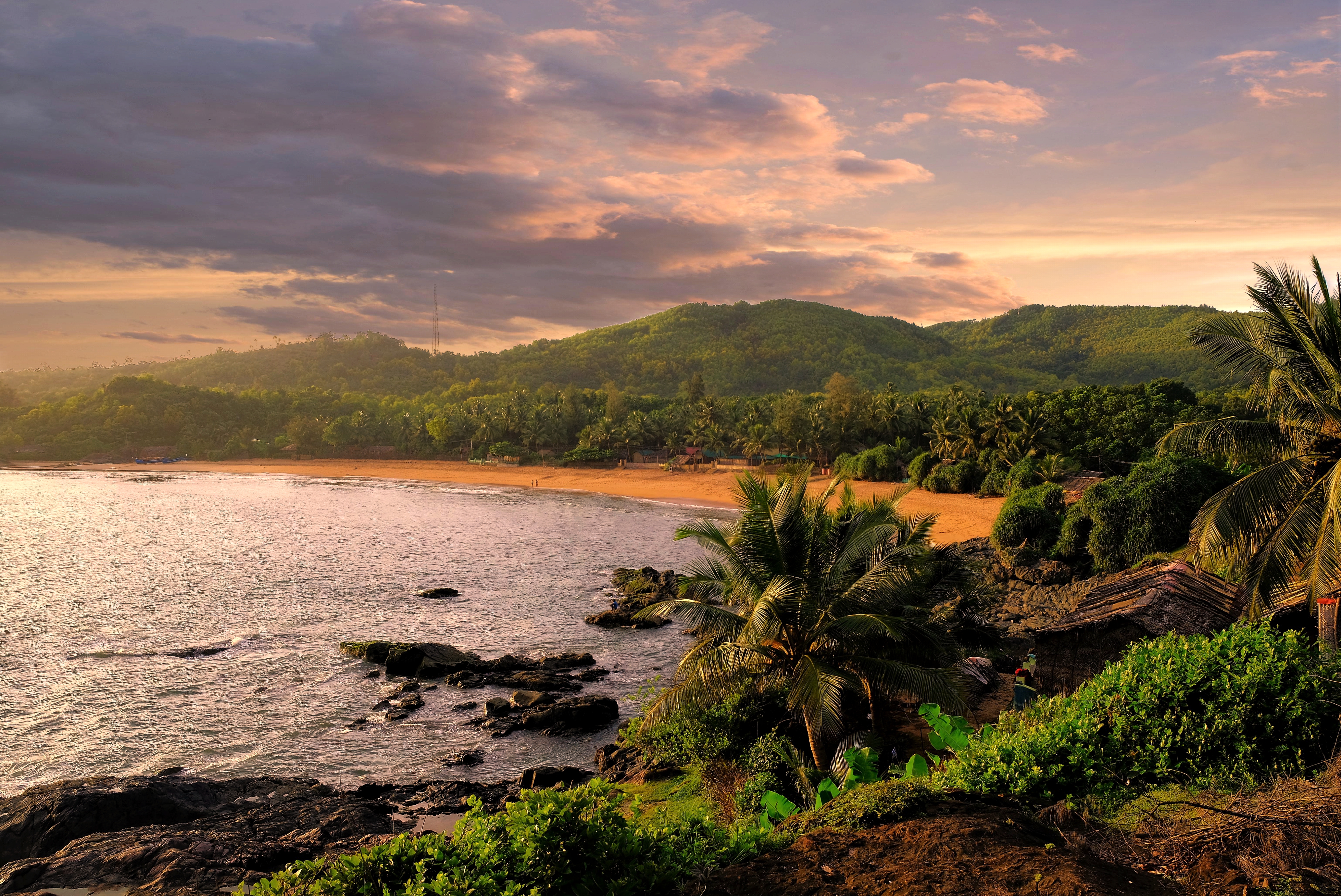

Shortly before 7am, the sleepy temple town of Gokarna is waking up to another glorious day. The sun has risen. A blanket of orange shifts into a blue sky. The market comes to life, overflowing with papaya, sacks of spice and exotic vegetables. A sadhu, swathed in white, meanders through the streets, his stick puncturing the dust. Alone. Silent. Lost in prayer. The ocean twinkles in the distance, heralding the new dawn.
It’s taken us three hours from Goa airport, heading deeper and deeper into the jungle. Located at the confluence of two holy rivers, Gangavali and Aghanashini, the town has been a place of pilgrimage for Hindus for centuries, but today, it’s back on the map for another reason: its beaches. Billed as the ‘new Goa’ — quieter, cleaner and less crowded (as well as being free from the party overload) — this tiny corner of Karnataka is little known to outsiders, but now, Westerners are cottoning on and the opening of Kahani last year fuelled the flame.
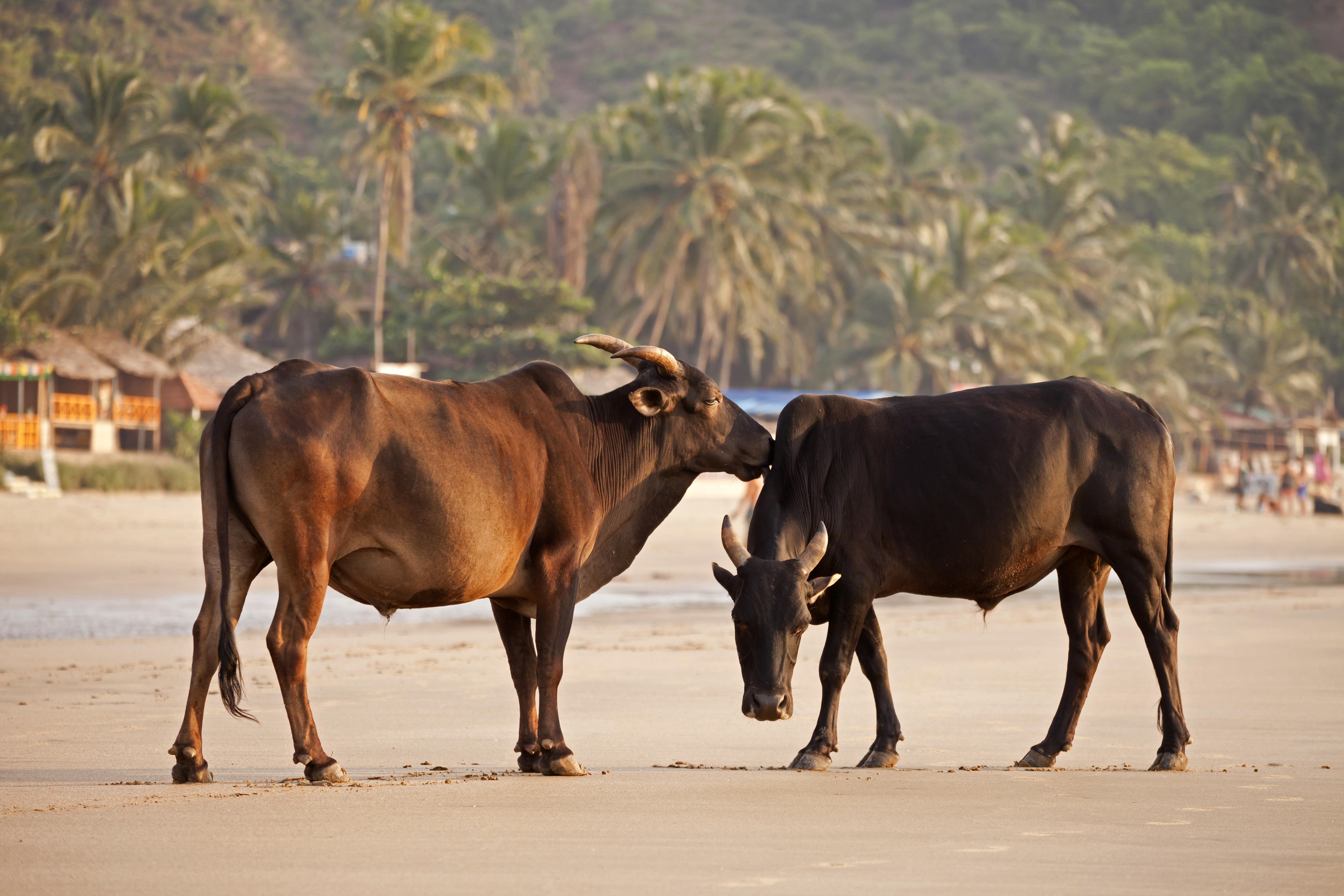
Tucked between the Western Ghats on one side and the Arabian Sea on the other, Kahani Paradise House started life as a much-loved holiday home, built from scratch by a respectful British family who bought the 23 acres of land in 2005. High in the hills, surrounded by rice paddies, I explore the substantial villa and three outbuildings — all cream-coloured and colonnaded in a loosely pan-Asian style.
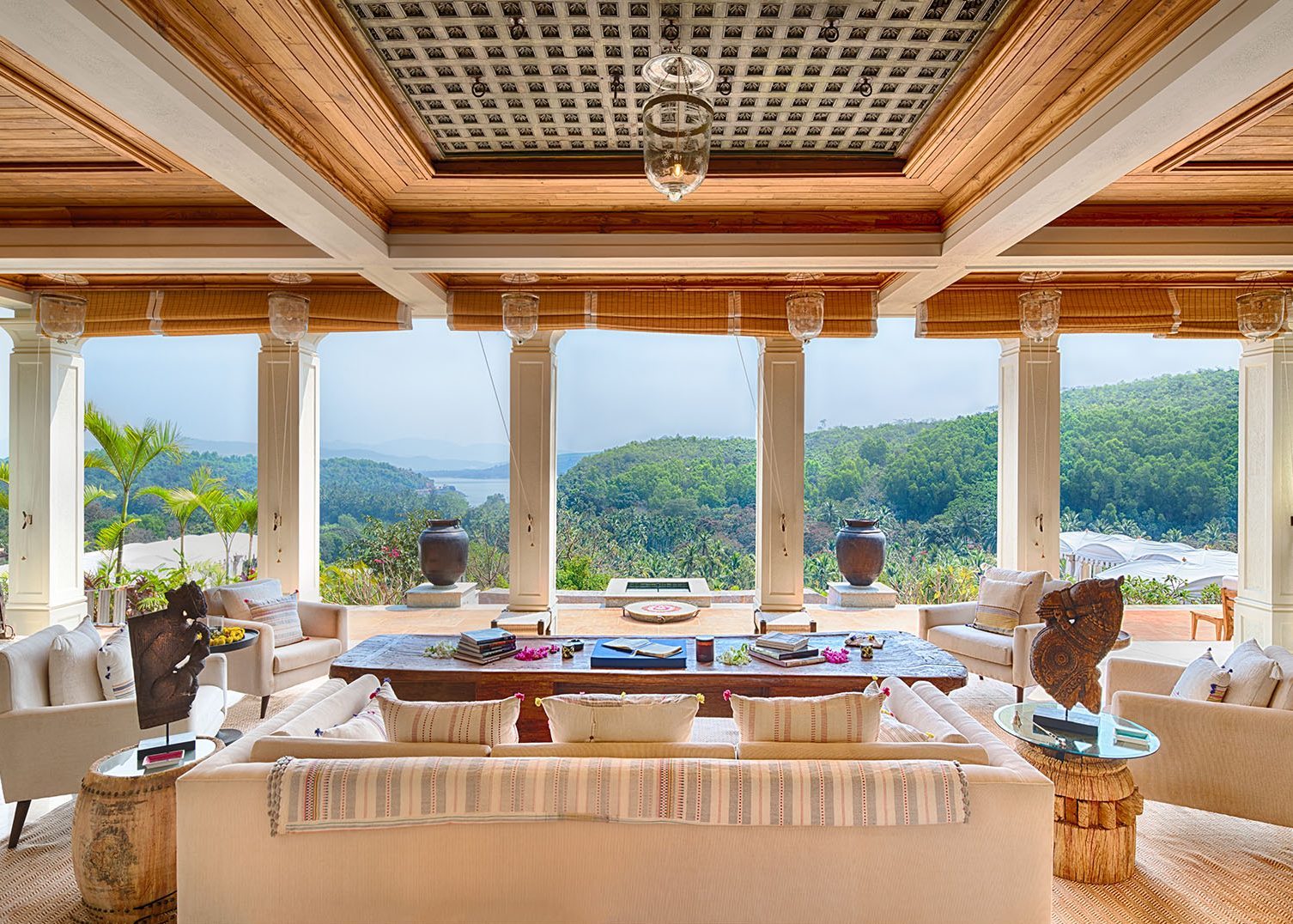
The garden is magnificent, a cornucopia of palms, betelnut trees and tropical flowers with streams running through it. Butterflies dance, lizards dart and birds soar overhead. A gardener scrambles up one of the palms, bringing back a fresh coconut for me to drink.
I spy a rice paddy in the distance that, when dry, doubles up as a cricket pitch for friendlies between hotel guests and locals. But I don’t linger. I have my eye on sunset at The Ridge, the villa’s handmade coconut-leaf hut with a plunge pool perched on a cliff.
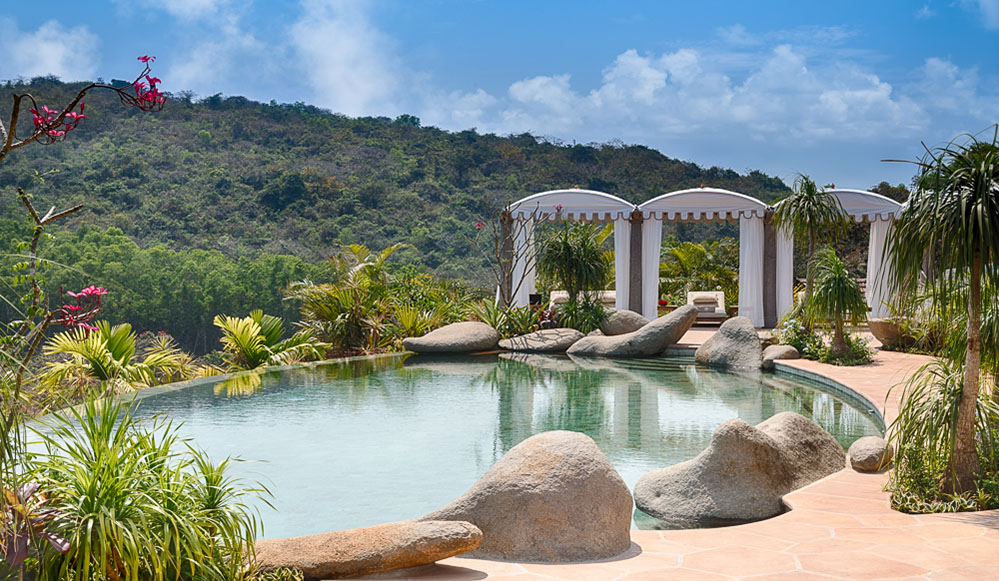
Available to rent in its entirety or by suite, Kahani is impeccably festooned with antique furniture and objets d’art, hand-picked by the owners. Some rooms have vintage Burmese teak floors, others silver Moroccan lanterns and one-off textiles. Aeroplane propellers have been repurposed as fans, yarn from recycled plastic bottles is woven into rugs and ceiling panels are made from old rafters. A repurposed Nagamese boat is covered in coffee-table books.
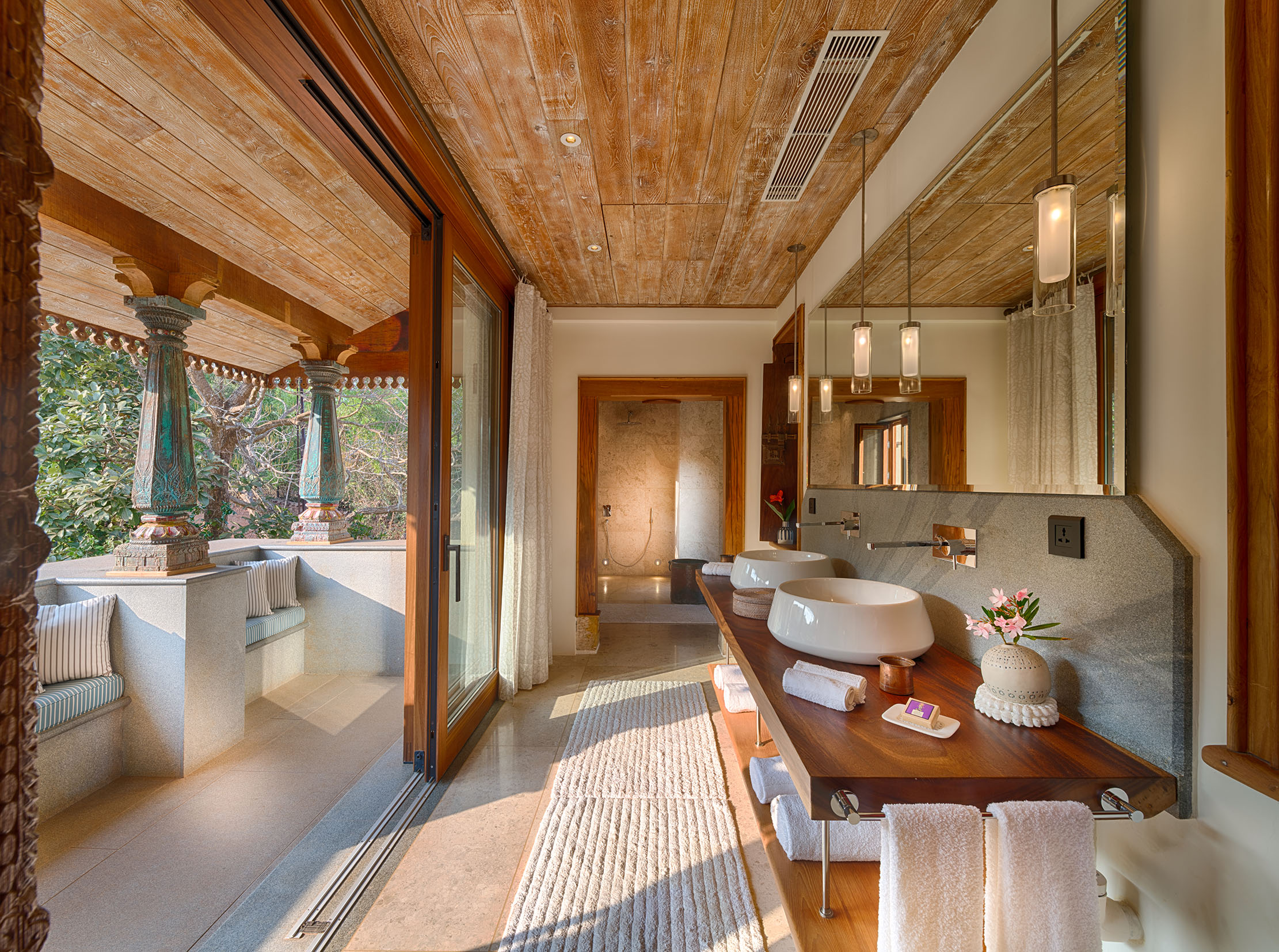
The six suites, each sporting an antique Rajasthani wooden front door, are lovely to retire to; in a quiet moment, I curl up with a well-thumbed Agatha Christie from the bookshelf. The old has been brought bang up to date with floor-to-ceiling concrete walls decorated in individual colour palettes, geometric patterns and contemporary artwork.
Sign up for the Country Life Newsletter
Exquisite houses, the beauty of Nature, and how to get the most from your life, straight to your inbox.
A salt-water infinity pool awaits enticingly on the terrace and a pair of wood-carved life-sized Gujarati stallions stand guard in the outdoor dining room, which has spellbinding views of land and sea. A huge Balinese table, carved out of a single tree, invites communal dining, but it’s also perfect for a family feast.
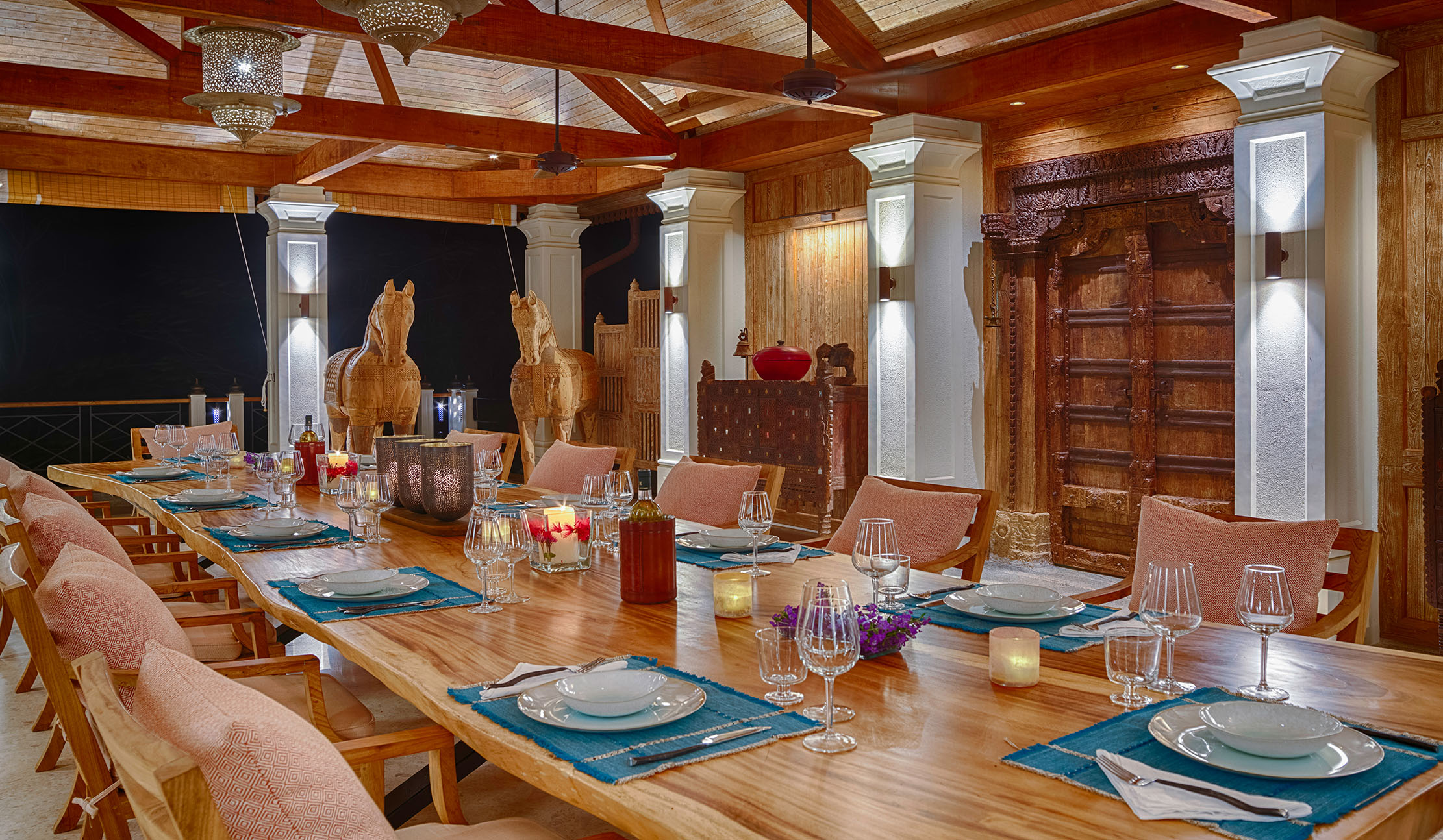
The food is Indian and international, created with fresh produce from the garden, local market and the fishermen’s daily catch. Kamla, a local lady, is a quiet tour de force in the kitchen, shyly teaching me how to make coconut curry. After yoga in the jungle pavilion the following morning, a rainbow of exotic fruits, sweet lime juice and freshly laid eggs cooked to order sets me up for the day.

I then hit the beach, making my way to Paradise, a vertiginous 10-minute stroll. This is the most idyllic of Gokarna’s quartet of palm-fringed beaches, a secluded spot with diamond-white sand and azure waters against a rocky backdrop. At night, the beach is lit up by the magical, bioluminescent glow of the sea.
Half Moon Beach is a short trek away and I become a regular at Namaste Café, with its refreshing mango lassi. Brightly coloured boats line the shore, the fishermen ready to take you out on the waters, where pods of dolphins frolic, but to really get stuck into local life, go to neighbouring Om Beach, where you can eat your way through traditional dishes at one of the beach huts. I finish at Kudle Beach, the picturesque cove pictured at the top of this page, sitting on the golden sand, warm from the day’s rays.
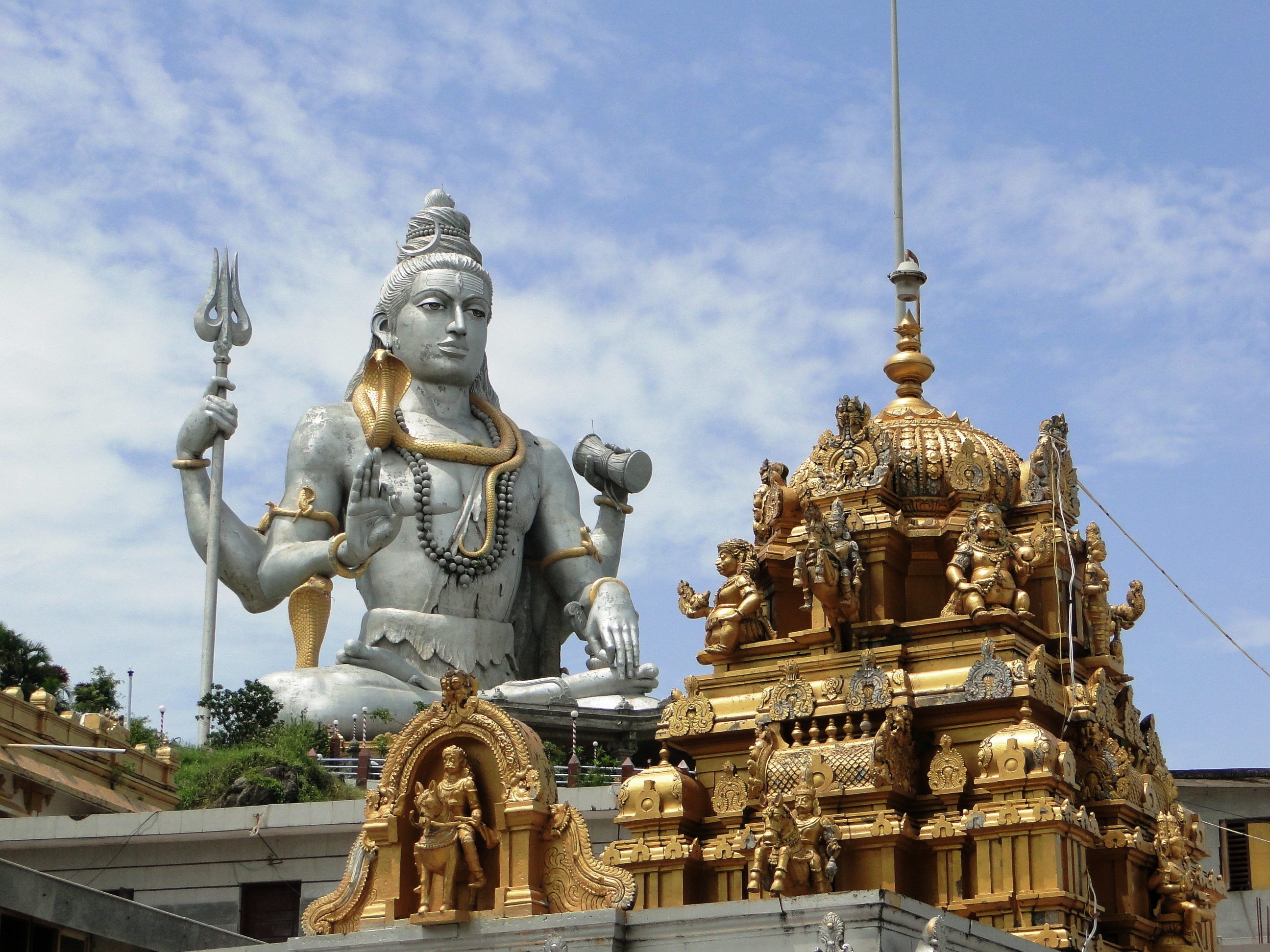
Back in town, Gokarna makes for an interesting contrast (Kahani provides a 4x4 Jeep, driven by a member of staff, or a Royal Enfield motorbike to help you get around). The word Gokarna translates as cow’s ear in Sanskrit: according to Hindu mythology, Lord Shiva returned to earth from the underworld through the ear of a cow.
Every year, thousands of pilgrims flock here to Kotiteertha, a holy tank of water, where they wash in the holy waters, before worshipping at its 108 temples. Most famous is Mahabaleshwar, considered as sacred as Varanasi’s Kashi Vishwanath Temple, with carvings dating back 1,500 years.
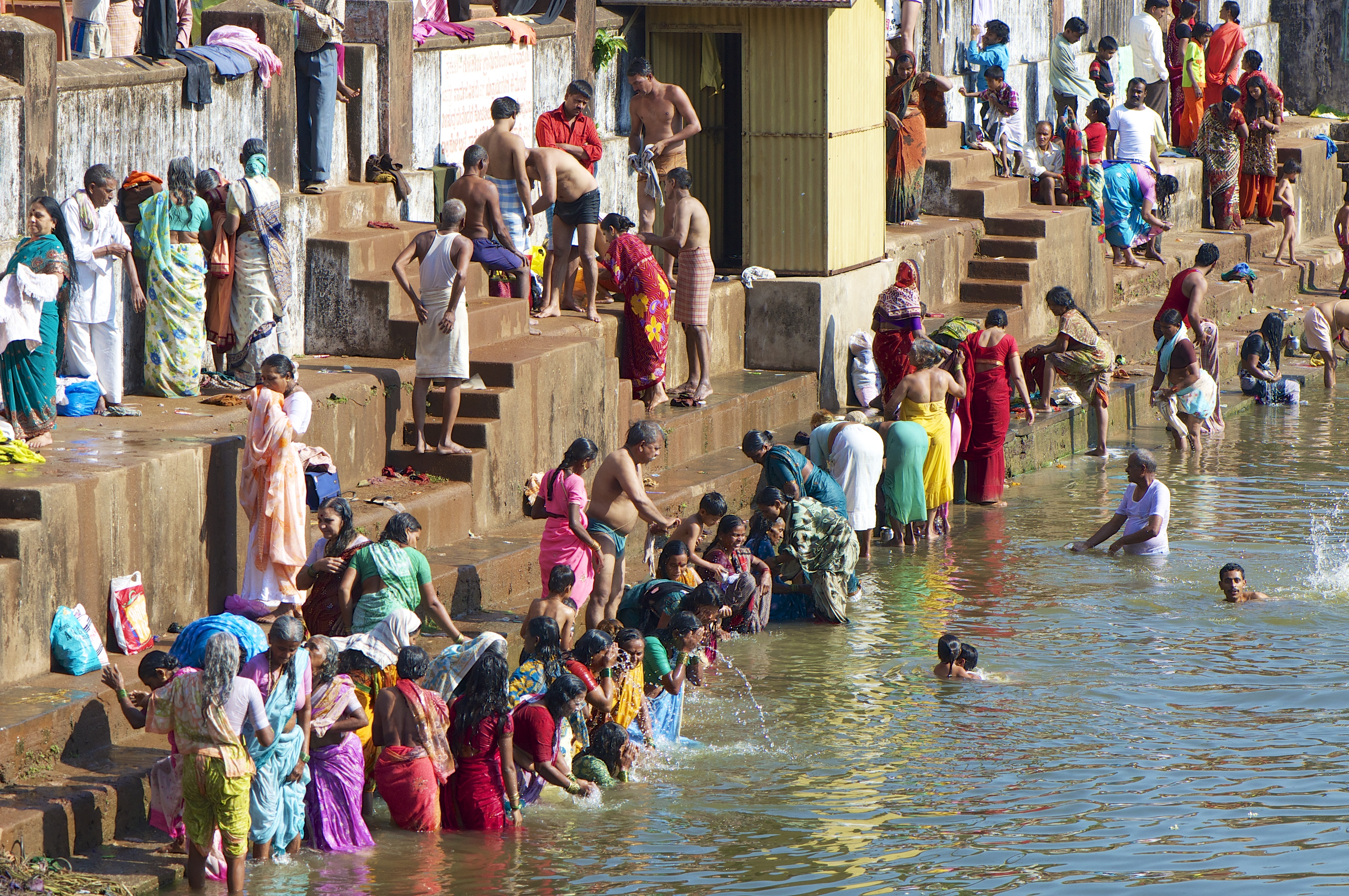
The town is a kaleidoscope of colour, with the traditional Konkani homes painted green, orange and red to match the temples and shops filled with Puja accessories, sandalwood, spices, lungis and T-shirts, the streets crammed with sleeping cows, snoozing dogs and the occasional rickshaw.
As I sign the Aspinal visitors book in Kahani, I can see why the villa fits right in to Gokarna. They are both the epitome of easygoing paradise. Forget Goa. I’m sold.
Kahani Paradise House is available to rent from £9,100 per week from SJ Villas — see www.sjvillas.co.uk or call 020–7351 6384.
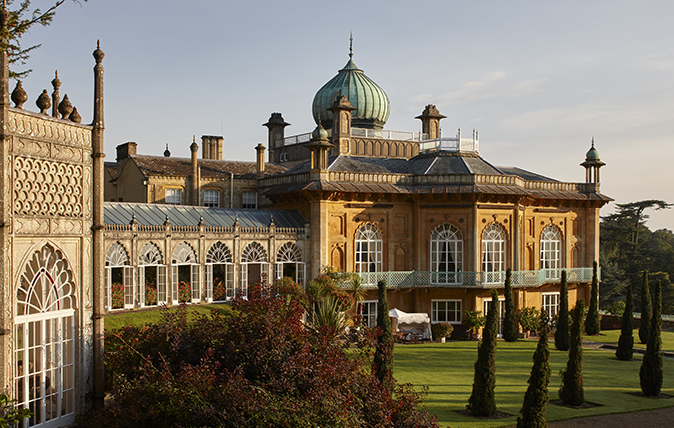
Sezincote: The Cotswolds country house built in the Neo-Mughal style
Sezincote strives to recreate accurately the architecture of India in the heart of England.
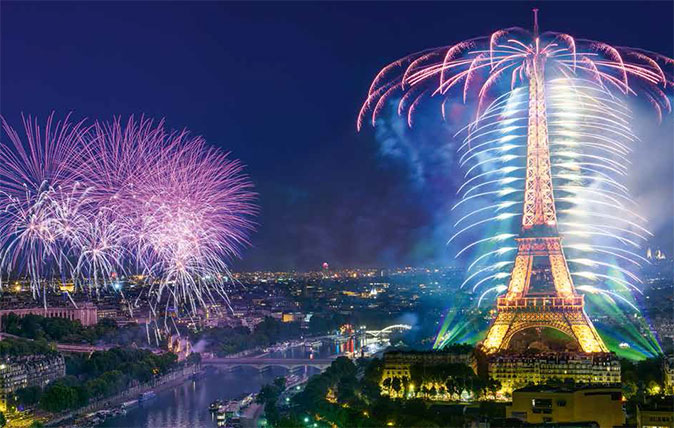
Credit: Getty - log re-use
Six of the best city festivals around the world – and six amazing homes where residents are at the heart of the action
Country Life is unlike any other magazine: the only glossy weekly on the newsstand and the only magazine that has been guest-edited by HRH The King not once, but twice. It is a celebration of modern rural life and all its diverse joys and pleasures — that was first published in Queen Victoria's Diamond Jubilee year. Our eclectic mixture of witty and informative content — from the most up-to-date property news and commentary and a coveted glimpse inside some of the UK's best houses and gardens, to gardening, the arts and interior design, written by experts in their field — still cannot be found in print or online, anywhere else.
-
 Ford Focus ST: So long, and thanks for all the fun
Ford Focus ST: So long, and thanks for all the funFrom November, the Ford Focus will be no more. We say goodbye to the ultimate boy racer.
By Matthew MacConnell
-
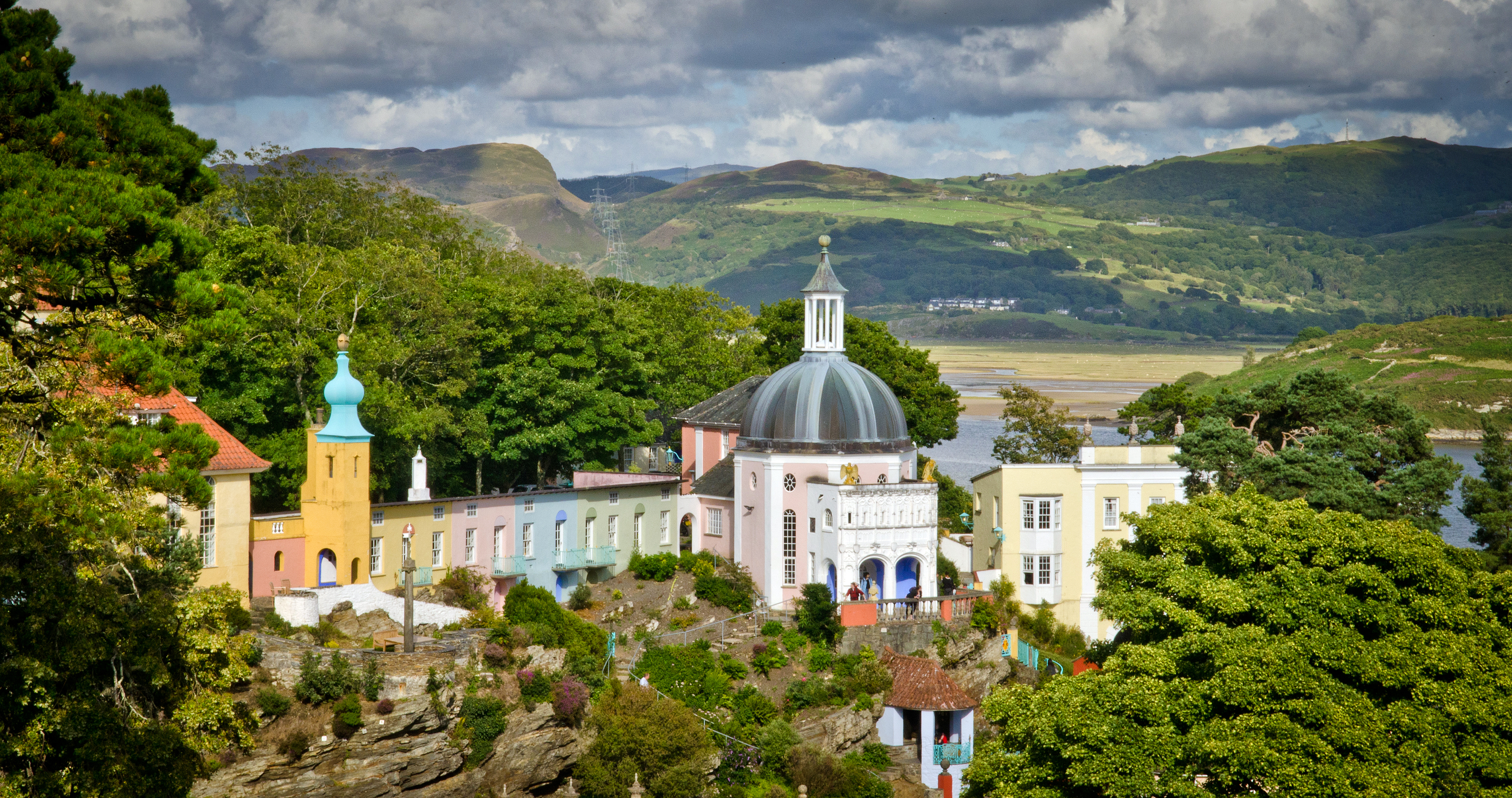 ‘If Portmeirion began life as an oddity, it has evolved into something of a phenomenon’: Celebrating a century of Britain’s most eccentric village
‘If Portmeirion began life as an oddity, it has evolved into something of a phenomenon’: Celebrating a century of Britain’s most eccentric villageA romantic experiment surrounded by the natural majesty of North Wales, Portmeirion began life as an oddity, but has evolved into an architectural phenomenon kept alive by dedication.
By Ben Lerwill